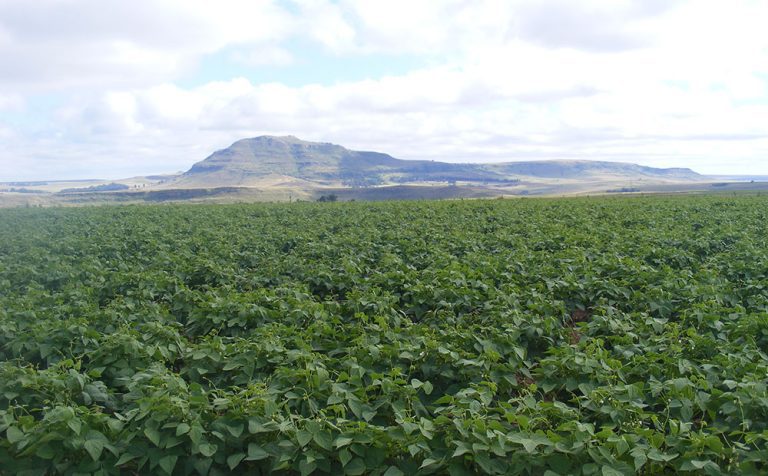[ad_1]
The latest crop production forecast shows an increase in maize yield, mostly attributed to favourable weather conditions that boosted the crop towards the end of summer.

The latest forecast by the Crop Estimates Committee (CEC) released yesterday set the size of the expected commercial maize crop at 16,35 million tons, 1,02% or 165 725t more than the previous forecast of 16,19 million tons. The area estimate for maize is 2,59 million hectares and the expected yield 6,32t/ha.
The estimated maize crop is 5,71% or 884 100t larger than the 2022 crop. The three main maize-producing areas, the Free State, Mpumalanga and North West, are expected to produce 83% of the 2023 crop.
According to the CEC, the production forecast for white maize was 8,64 million tons. This was 1,15% or 98 025t more than the 8,54 million tons of the previous forecast. The area estimate for white maize was 1,52 million hectares and the expected yield 5,68t/ha.
In the case of yellow maize, the CEC forecast a yield of 7,72 million tons, which was 0,89% or 67 700t more than the 7,65 million tons of the previous forecast. The area estimate for yellow maize was 1,07 million hectares, with a yield of 7,25t/ha.
Commenting on the CEC’s forecast, Wandile Sihlobo, chief economist at Agbiz, said South Africa was in a strong position in terms of maize production, with this being the third-largest crop on record. “Since South Africa generally absorbs 12 million tons of its own maize crop, which leaves a substantial portion for exports.”
He noted that demand from Zimbabwe was set to increase after the country’s crop was negatively affected by Cyclone Freddy early in the year. “Zimbabwe could import a [certain] share of maize from Zambia, but is likely to rely more on South Africa.
“South Africa has also established markets in the Far East and Europe that have consistently remained active in the maize import business. This may spell good news for South African maize farmers and traders, but for grain users, the potential increased demand at the end of the year could add upside pressure on prices.”
According to the CEC’s forecast, summer crops that showed a decrease in production volumes included sunflower seeds and sorghum. The sunflower crop was expected to amount to 758 610t, which was 4,89% or 39 000t less than the 797 610t of the previous forecast. The area estimate for sunflower seed was 555 700ha, while the expected yield is 1,37t/ha.
Sorghum was expected to yield 103 870t, which was 0,79% or 830t less than the 104 700t of the previous forecast. The area estimate for sorghum was 34 000ha and the expected yield 3,06t/ha.
The outlook for several crops, including soya beans, groundnuts and dry beans, remained unchanged. The production forecast for soya beans was 2,76 million tons. The estimated area planted to soya beans was 1,15 million hectares and the expected yield was 2,40t/ha.
According to the CEC, then expected groundnut crop was 51 510t. For this crop, the area estimated was 31 300ha, with an expected yield of 1,65t/ha. Dry beans were expected to yield 48 560t. The area estimate of dry beans was 36 650ha, with an expected yield of 1,32t/ha.
Meanwhile the informal maize sector showed a decline of 5,33% year on year. The CEC indicated that the preliminary area planted to maize in the non-commercial agricultural sector was estimated at 358 620ha, compared with the 378 800ha of the previous season.
The expected maize crop for this sector was 664 040t, which was 0,44% less than the 667 000t of last season. Around 48% of the maize produced in the non-commercial sector was planted in the Eastern Cape, followed by KwaZulu-Natal with 21%.
The sixth production forecast for summer field crops for 2023 will be released on 26 July.
[ad_2]
Source link
